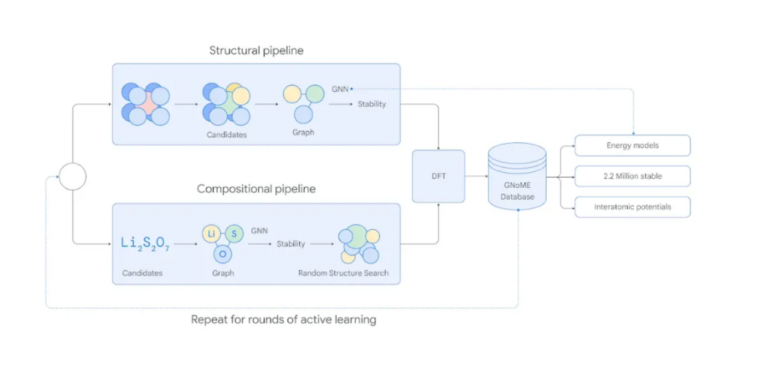Azorult is one of those sneaky villains in the world of cybersecurity, a potent piece of malware, that leaves a path of digital destruction in its wake. In essence, it’s an information stealer and remote access Trojan (RAT), designed to harvest a variety of sensitive data from infected systems.
The Origin Story of Azorult
Azorult sprung up in 2016 as an information thief with an insatiable appetite for data. It makes off with browsing history, stored IDs and passwords, cryptocurrency details, and more.
To make matters worse, it’s also a malware conduit, downloading additional threats onto compromised systems. Originally sold on Russian underground forums, Azorult was used to extract sensitive information from victim computers.
Notably, a crafty variant had a chilling trick: it could secretly create a new administrator account on the victim’s machine, tweak a registry key, and establish a Remote Desktop Protocol (RDP) connection.
AZORULT’s Sneak Attack Methods
Azorult doesn’t barge in; it prefers to sneak in undetected. It leans heavily on exploit kits, like the notorious Fallout Exploit Kit, and phishing emails brimming with social engineering techniques.

Azorult also plays well with other malware families, such as Ramnit and Emotet, which would download Azorult as part of their malicious activities. The trojan’s current phishing emails often pose as fake product orders, invoice documents, or payment requests. Once infiltrated, it gets in touch with its command and control (C&C) servers to send and receive information.
The Devil is in the Details: Characteristics of Azorult
A trojan horse by nature, this malware’s prime characteristic is deception. It primarily takes advantage of the unwary, disguising itself as a benign or useful file to trick the user into executing it.
Once inside, it becomes an uninvited houseguest that causes all sorts of havoc. It can extract and steal passwords, credit card information, and even cryptocurrency wallet data. If that’s not bad enough, it can also download additional malware onto the infected system, opening up an express lane for other digital mischief-makers.

Decoding Azorult Behavior
Azorult has a rather lengthy laundry list of dubious behaviors:
- It steals system data, including installed programs, machine GUID, system architecture, system language, username, computer name, and operating system version.
- It helps itself to stored account information from installed FTP clients or file manager software.
- It filches stored email credentials from various email clients.
- It purloins usernames, passwords, and hostnames from different browsers.
- It lifts Bitcoin wallets.
- It swipes Steam and Telegram credentials.
- It absconds with Skype chat history and messages.
- It can execute backdoor commands from a remote malicious user, which include collecting host IP info, downloading/ executing/deleting files.
The Devious Capabilities of Azorult
Azorult ‘s bag of tricks includes:
- Information theft.
- Execution of backdoor commands.
- Exploiting system vulnerabilities.
- Downloading additional malicious payloads.
A Cybercriminal’s Best Friend: Azorult in Action
So how do the bad guys use Azorult? In essence, it’s like a Swiss Army knife for the cybercriminal fraternity, offering a toolbox of malicious options. Cyber thugs often use it in concert with ransomware attacks, where Azorult is dropped on the system first to pilfer all the valuable information it can. It then paves the way for the ransomware to lock up your files and deliver its nasty ransom demand.
The chilling duo of Azorult and ransomware forms a vicious one-two punch that’s a nightmare for every cybersecurity professional.

The Fallout: Impact of Azorult
The impact of an Azorult infection can be devastating. It exposes victims to potential identity theft, financial loss, and extensive system damage. For businesses, the fallout is often worse: significant downtime, hefty recovery expenses, lost customer trust, and regulatory fines. The blow can be severe enough to put smaller enterprises out of business.
The Damaging Impact of AZORULT
The damage caused by AZORULT is far-reaching:
- System security is compromised due to its backdoor capabilities, enabling it to execute malicious commands, and download and install additional malware.
- User privacy is violated as it steals user credentials from various applications.
Plotting the Course: Azorult in the Cyber Kill Chain
Within the context of the Cyber Kill Chain, Azorult commonly shows up in the ‘Delivery’ and ‘Exploitation’ stages. During ‘Delivery,’ the malware is typically spread via phishing emails or drive-by downloads from compromised websites. The ‘Exploitation’ stage then sees Azorult executing its payload, gaining unauthorized access, and going on a data-stealing spree.
Azorult hashes
fc6ddb1f7644597b84d14e3efa4cd1a1d1ad0083141b3fa2a613cd3c092f6505 7c0602f54e0f2a3dac79b6fe48a83cfc6f0d254c7234ac63fdd43a39c9940441 9531e1fdf2c1295296c4eacb8e06f8063ea846a53e1b4d29f626fe640d3ecda8 f18ab6cd601b4c49bce537de83bb3a796dce1f7b93089cde9d11c004657edefc
























